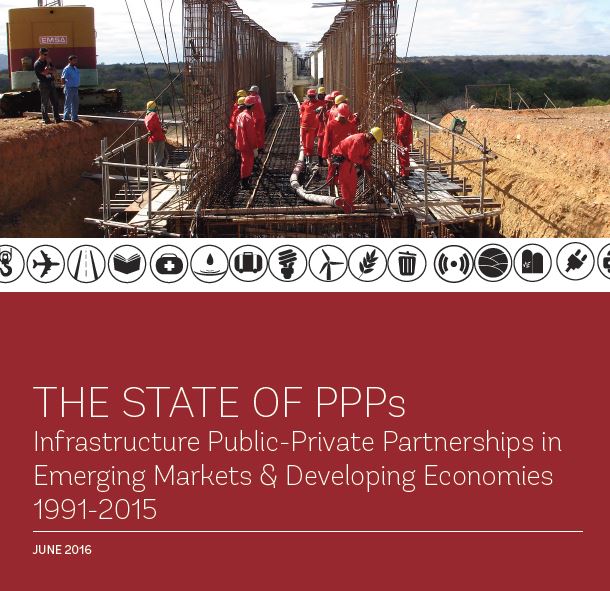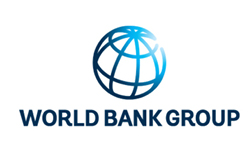Publications
Filter by
356 results found
The purpose of the present publication, Towards better infrastructure products: a survey of investor s perceptions and expectations of infrastructure investment , is to conduct the first in-depth study of the perceived role by infrastructure assets for investors.

The PFRAM, developed by the IMF and the World Bank, is an analytical tool to assess the potential fiscal costs and risks arising from PPP projects.

This paper provides a condensed yet substantive overview of the key international lessons learned in the area of PBMC.


This report uses data from the PPI Database to analyze broad trends of PPP investment in infrastructure from 1991 to 2015.


The report discusses forms of intervention and trade-offs, enabling factors, and evidence from case studies and stakeholder consultations in the areas of water, agriculture and energy. The report includes recommendations for a possible roadmap and funding options.

This report shows how competition policy can help African countries boost inclusive and sustainable development, the report outlines how competition policy can boost key sectors competition standards and legal/policy frameworks.

The Infrastructure Prioritization Framework is a multi-criteria decision support tool that considers project outcomes along two dimensions, social-environmental and financial-economic to inform project selection.

The MDBs’ Joint Declaration of Aspirations on Actions to Support Infrastructure Investment is a tool developed to ensure that MDBs work together to scale up infrastructure investment and attract private sector investment.


This publication discusses financial viability support in the global landscape of infrastructure finance.


UN ESCAP supports governments in Asia-Pacific in implementing measures to efficiently involve the private sector in infrastructure development.




The procurement guidelines were introduced in April 2015 by ADB. The purpose of these Guidelines is to inform those carrying out a project that is financed in whole or in part by a loan from the Asian Development Bank (ADB), ADB-financed grant, or ADB-administered funds.


The World Bank Group developed this tool to help governments systematically prioritise infrastructure investments to achieve their development goals, taking into account capacity and public resource constraints.

This guidance tool has been developed for governments that wish to enhance the viability of their PPP infrastructure projects.

This report examines the performance of the 14 largest container ports in the region based on two sets of criteria: operational performance and economic performance. To measure operational performance, the report benchmarks total time at port, waiting time at port, and idle time as a share of total time at berth. To measure economic performance, it benchmarks productivity and efficiency using two useful techniques: Malmquist total factor productivity decomposition and data envelopment analysis. The report identifies key drivers of port performance and examines how differences in performance across ports are related to those drivers.


The UNECE International PPP Centre of Excellence has as its core vision the implementation of PPP solutions to promote the United Nations Sustainable Development Goals (SDGs).


PFRAM is a tool that assesses potential fiscal costs and risks arising from PPP projects.
This publication aims to link the study of urban environmental issues with the advancement of more sustainable urban growth, the report looks at Kampala and Uganda including their background in the context of urban development and drivers of environmental sustainability.

The paper discusses the potential contribution of transport infrastructure to regional growth in the years following the GFC.


The survey was conducted to guage the status of infrastructure market based on macro trends. Previously, Deloitte had conducted a survey in 2013 and interviewed a wide cross-section of infrastructure investors throughout Europe.





